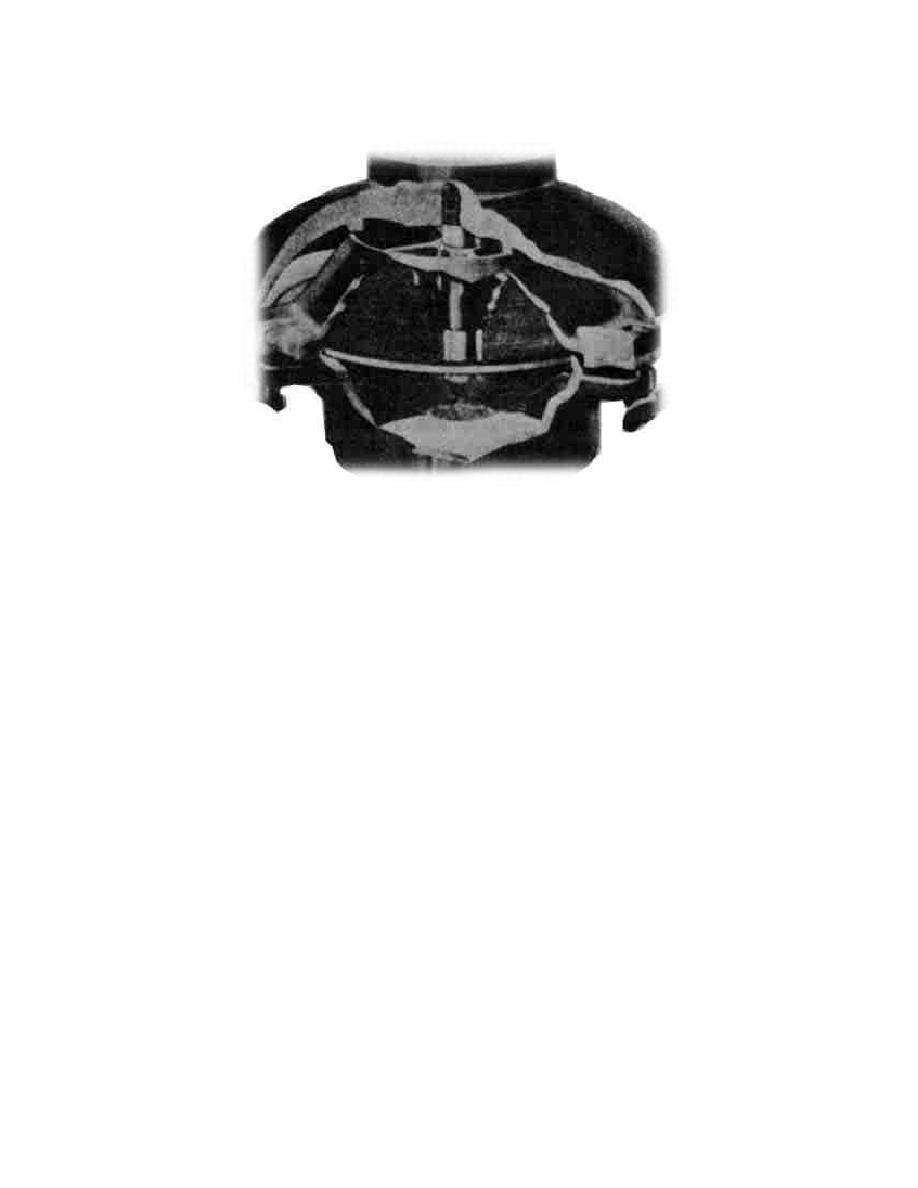
UFC 3-460-03
21 JANUARY 2003
Figure 7.13. Belowground Tank Vent.
7.4.2. Maintenance. Pressure vacuum vents must be kept in perfect working order to prevent
sticking and subjecting the tank to collapsing or bursting conditions.
7.4.2.1. In freezing weather, operations personnel are required by T.O. 37-1-1 to check tank
vacuum and pressure vents for freedom of movement of intake and outlet poppet valves.
7.4.2.2. Pressure vacuum vent pallets should be maintained at intervals as prescribed in
paragraph 10.7.
7.4.2.2.1. Clean seating surfaces of pallets and valve seats carefully with a suitable cleaning
solvent.
7.4.2.2.2. Inspect seating surfaces for damage or undue wear.
7.4.2.2.3. When replacing pallets, make sure they move freely in the guides and that seating
surfaces contact evenly and tightly.
7.4.2.2.4. Inspect and clean the protective screen at pressure and vacuum ports. Remove bird
and wasp nests.
7.4.2.3. On valves with metal-to-metal seating, it may be necessary, because of corrosion, to
regrind the seating surfaces of pallets and valve seats to maintain tightness. Using an extra-fine
grinding compound, and a light, even, oscillating motion, grind each pallet onto its respective
valve seat.
7.4.2.4. On valves with nonmetallic pallet seat inserts, it may be necessary to replace the inserts.
Carefully clean the groove and install the new insert, making sure it fits properly.
7.5. Diking.
7.5.1. General Information. Each aboveground petroleum tank having a capacity of 2502 liters
(661 gallons) or more must be either surrounded by a dike, enclosed in a containment structure, or
designed to direct spills to an impoundment area. Most Air Force tanks are surrounded by a dike.
85


 Previous Page
Previous Page
